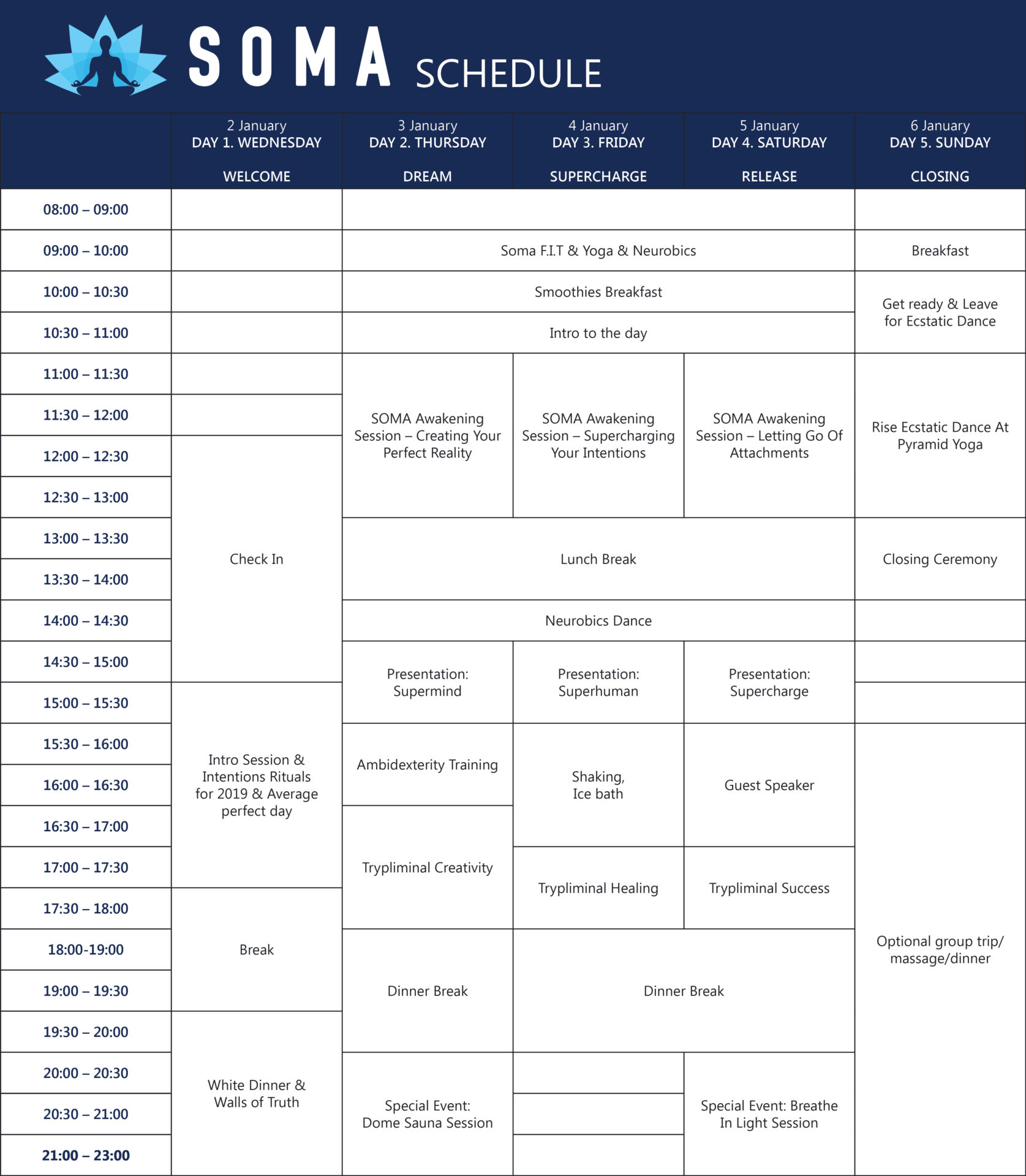Breathing is often associated with oxygen delivery and relaxation, but recent research has shown its critical role in regulating digestive health1. Slow, controlled breathing activates the parasympathetic nervous system, also known as the “rest and digest” state, which optimizes gut motility, enzyme secretion, and nutrient absorption. By incorporating targeted abdominal breathing exercise routines and structured exercises for gut health, individuals may be able to support detoxification, improve circulation, and reset their digestive system naturally.
This article explores the scientific connection between breath and gut health, highlighting the diaphragmatic breathing benefits, and practical exercises to help digestion.
The Science of Breath and the Gut-Brain Axis
The gut and the brain communicate through the vagus nerve, a central player in digestion and inflammation regulation. When breathing is shallow or rapid, the sympathetic nervous system dominates, leading to reduced blood flow to the intestines, slowed peristalsis, and increased bloating or discomfort.
On the other hand, slow, deep breathing stimulates vagal activity. Evidence shows that diaphragmatic breathing activates the parasympathetic nervous system, helping regulate intestinal contractions and supports conditions that may improve absorption1. This is why the belly breathing benefits extend far beyond relaxation— they directly influence digestive function.
How Breathwork Cleanses the Gut
Breathwork supports natural detoxification by enhancing oxygen supply, improving lymphatic drainage, and reducing stress hormones like cortisol. The rhythmic movement of the diaphragm acts like a pump, massaging the abdominal organs and facilitating waste elimination.
Specific exercises to help digestion can also increase circulation to the gut lining, may support microbiome balance indirectly through stress reduction, and ease discomfort from conditions such as irritable bowel syndrome (IBS). Practices like diaphragmatic breathing or Kapalbhati Pranayama have been studied for their ability to stimulate intestinal movement and restore motility.
Key Diaphragmatic Breathing Benefits for Digestion
The diaphragmatic breathing benefits include:
- Enhanced peristalsis (the natural contraction of intestinal muscles).
- Better gastric emptying and reduced bloating.
- Increased blood flow to digestive organs.
- Improved vagal tone, which supports gut-brain signalling.
These mechanisms explain why consistent abdominal breathing exercise routines are recognized as powerful exercises for gut health.
5 Effective Breathing Exercises for Gut Health
Here are practical methods backed by science and tradition that act as effective breathing exercises for gut health:
1. Diaphragmatic Breathing
- Place one hand on your chest and one on your abdomen.
- Inhale deeply through the nose, ensuring the belly—not the chest—rises.
- Exhale slowly through the mouth.
- Practice 5–10 minutes daily.
Benefits: Maximizes belly breathing benefits, improves gut motility, and reduces bloating.
2. Box Breathing
- Inhale for four counts.
- Hold the breath for four counts.
- Exhale for four counts.
- Hold again for four counts.
- Repeat for 5 minutes.
Benefits: Balances the nervous system and reduces stress-induced digestive disruption.
3. Alternate Nostril Breathing (Nadi Shodhana)
- Sit comfortably and use your right thumb to close your right nostril.
- Inhale through the left nostril, then close it with your ring finger.
- Exhale through the right nostril.
- Continue alternating for 5 minutes.
Benefits: Enhances nervous system balance, supports vagus nerve activation, and eases gut inflammation.
4. Resonance Breathing (6 breaths per minute)
- Inhale slowly through the nose for 5 seconds.
- Exhale gently through the mouth for 5 seconds.
- Continue for 10–15 minutes to reach ~6 breaths per minute.
Benefits: Improves heart rate variability, strengthens vagal tone, and enhances digestive efficiency.
5. Kapalbhati Pranayama
- Sit upright with hands on knees.
- Take a deep inhale, then perform short, forceful exhalations by contracting the abdominal muscles.
- Allow inhalations to happen passively.
- Start with 1–2 minutes and gradually increase.
Benefits: Stimulates abdominal circulation, supports detoxification, and promotes cleansing of the gut.
These methods are not only exercises for gut health but also effective exercises to help digestion when practiced regularly.
Additional Benefits: Beyond Digestion
Breathwork does not stop at digestive reset. Many of these techniques also improve mental clarity, cardiovascular function, and sleep quality2. For example, breathing exercises for better sleep often overlap with digestive-focused breathwork, since activating the parasympathetic system benefits both systems simultaneously.
FAQs on Breathwork and Digestion
How to do detox breathing
Detox breathing involves using deep, slow abdominal breathing exercises to increase oxygenation and stimulate the lymphatic system. A practical method is diaphragmatic breathing combined with prolonged exhalations, which helps the body clear metabolic waste and reduce oxidative stress. Adding techniques like Kapalbhati Pranayama amplifies this detoxifying effect by stimulating abdominal organs.
Can deep breathing help with your gut health?
Deep breathing has been found to improve circulation, enhances gut motility, and reduces stress, which is a major driver of gastrointestinal issues. The belly breathing benefits specifically include reduced bloating, better absorption, and healthier gut-brain communication. Regular breathing exercises for gut health promote long-term improvements in digestive function.
Which breathing exercise is good for digestion?
Among the best exercises to help digestion are diaphragmatic breathing, box breathing, and Kapalbhati Pranayama. Each stimulates the abdominal region and vagus nerve differently, but all contribute to a healthier digestive rhythm. The most widely studied is diaphragmatic breathing, with multiple clinical trials confirming its role in improving gut motility and reducing IBS symptoms.
Integrating Breathwork Into Daily Life
For optimal results, integrate exercises for gut health into your daily routine:
- Practice abdominal breathing exercise for 5–10 minutes before meals to prime digestion.
- Use Box Breathing after heavy meals to reduce discomfort.
- Pair breathwork with mindful eating and hydration for maximum benefit.
- Combine with light movement, such as yoga, to further enhance gut cleansing.
Consistency is key. While occasional practice may bring temporary relief, regular practice is more likely to ensure lasting digestive benefits.
Restoring Balance Naturally: Harnessing the Power of Breath for Better Digestion
Breathwork offers a scientifically grounded, accessible method for digestive support. By practicing abdominal breathing exercise techniques and incorporating structured exercises for gut health, you can stimulate detox pathways, reduce stress-related inflammation, and enhance nutrient absorption. The proven diaphragmatic breathing benefits make these methods valuable not only for gut reset but also for overall well-being.
For anyone struggling with sluggish digestion or chronic bloating, these exercises to help digestion provide a safe, non-invasive, and effective pathway toward better health. Start with just a few minutes daily and notice the difference in both your digestion and your overall vitality.
References
- Hamasaki, Hidetaka. "Effects of Diaphragmatic Breathing on Health: A Narrative Review." Medicines, vol. 7, no. 10, 15 Oct. 2020, p. 65. MDPI, https://doi.org/10.3390/medicines7100065.
- Eghbali, Tayebeh, et al. "Effectiveness of Deep Breathing Exercises on Anxiety, Depression and Sleep Quality in Patients Undergoing Coronary Artery Bypass Surgery." Scientific Reports, vol. 15, no. 1, 2025, article 26797. Springer Nature, https://doi.org/10.1038/s41598-025-12481-x.

